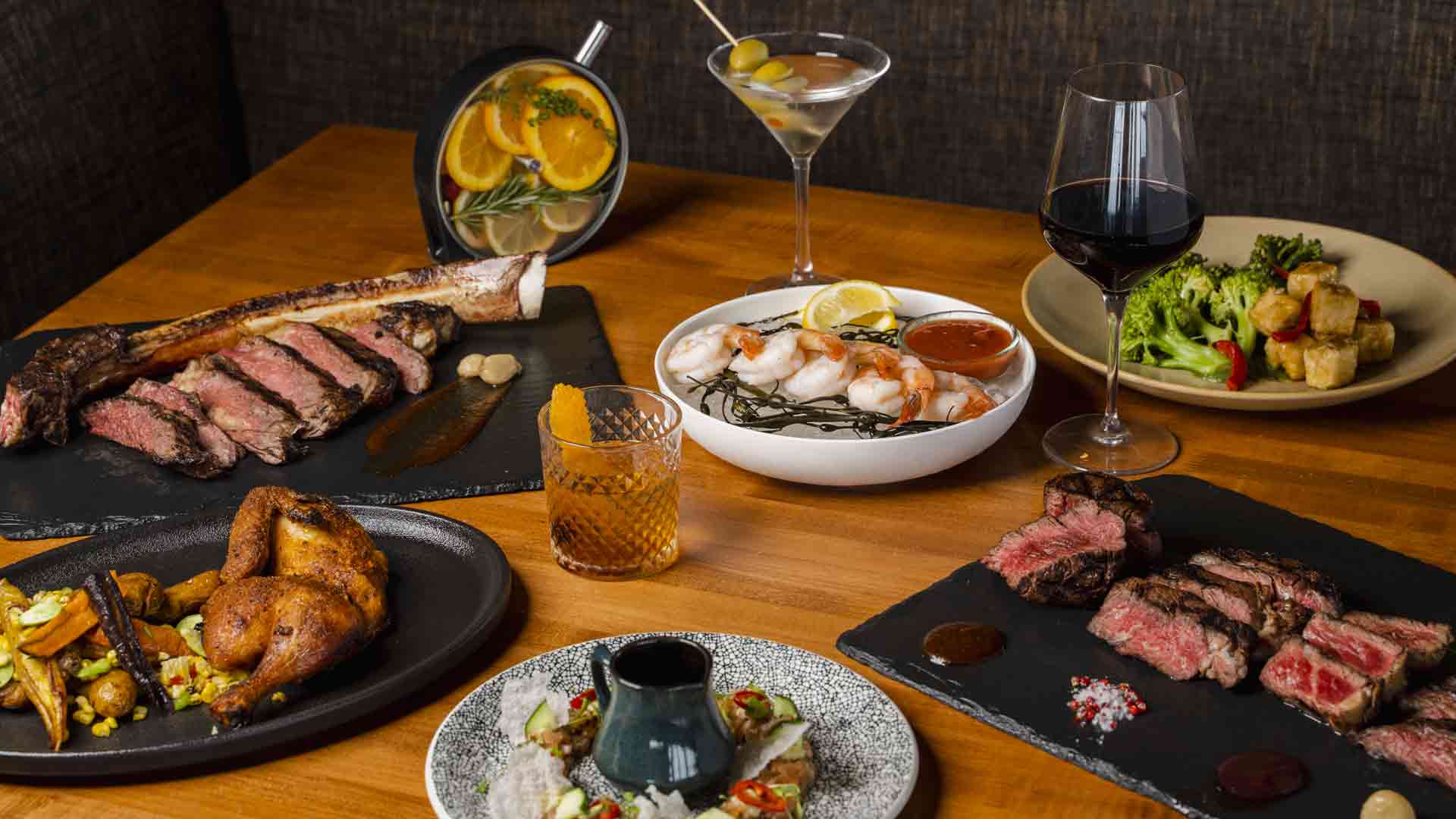Dining with a Worldview

Dining with a Worldview
Food is far more than mere sustenance; it is a universal language, a vibrant tapestry woven from history, tradition, and community. To dine with a worldview is to understand that every plate tells a story, offering a delicious passport to a different corner of the globe. This approach to eating transforms a simple meal into a profound cultural exploration, a culinary journey that broadens the palate and the mind simultaneously. Engaging with global cuisine is one of the most accessible and enjoyable ways to connect with humanity's diverse heritage.
At the heart of every culture lies its food. Traditional dishes are capsules of history, passed down through generations. An authentic bowl of Vietnamese Pho, for example, is not just a noodle soup; it's a reflection of French colonial influence (in the use of beef broth) and a testament to the delicate balance of five fundamental flavors that is central to Vietnamese culinary philosophy. Similarly, a shared pot of fondue in Switzerland speaks to a history of communal living in harsh alpine winters, where preserving cheese and bread was a means of survival. By learning about and tasting these dishes, we consume a piece of their history and gain a deeper appreciation for the circumstances that shaped a particular culture.
The benefits of exploring international food extend beyond cultural education; they are deeply personal. Stepping outside of your culinary comfort zone challenges your preconceived notions of what food should be. The fiery kick of a Thai green curry, the earthy complexity of a Mexican mole, or the subtle, umami-rich notes of Japanese dashi all introduce new sensory experiences. This culinary adventurousness encourages open-mindedness and adaptability, qualities that are valuable in all aspects of life. Expanding your palate is, in essence, expanding your perspective. You learn that what is considered a delicacy in one part of the world might be an acquired taste in another, fostering a greater sense of global empathy and understanding.
Fortunately, you don't need a plane ticket to embark on this gastronomic adventure. In today's interconnected world, authentic international food is more accessible than ever. Major cities are melting pots of culture, boasting restaurants that serve as culinary embassies for their home countries. From family-run taquerias to elegant French bistros, these establishments offer a genuine taste of another land. The modern world offers unparalleled access to the best international food experiences, often just a few clicks or a short drive away. This allows anyone to explore the rich flavors of the world from the comfort of their own community, turning a regular weeknight dinner into an exciting and educational event.
To truly dine with a worldview, approach your culinary explorations with curiosity and respect. Here are a few tips to get started. Begin with cuisines that have some familiar elements before diving into more adventurous fare. Be open to trying the specialty of the house, even if it sounds unfamiliar. Don't be afraid to ask questions; restaurant staff are often passionate about their food and happy to share its story. Visiting local ethnic markets can also be an immersive experience, allowing you to see the raw ingredients and spices that form the foundation of a cuisine. This hands-on approach deepens your connection to the food and its cultural roots.
In conclusion, dining with a worldview is an enriching practice that nourishes both body and soul. It's an invitation to sit at the global table, to share in the stories and traditions of others, and to celebrate the incredible diversity of our world, one delicious bite at a time. It fosters connection, sparks curiosity, and proves that the most powerful bridges between cultures are often built with a knife and fork.